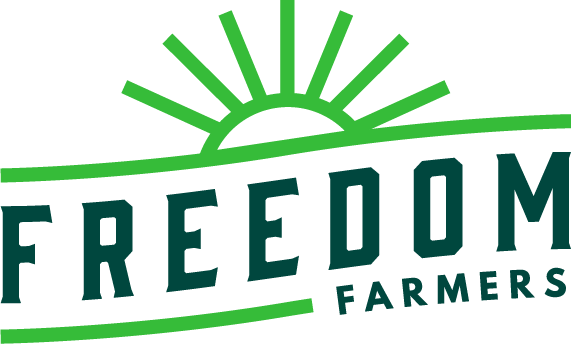Back to Course
Food Security 101
0% Complete
0/0 Steps
-
WELCOME
Lesson 1: Introduction -
Lesson 2: The Why
-
Lesson 3: The What
-
Lesson 4: The How
-
Lesson 5: Summary
-
SECTION 1: Cold Storage SystemsLesson 1: Introduction
-
Lesson 2-A: Outdoor Cold Storage: Root Cellar
-
Lesson 2-B: Outdoor Cold Storage: In-Ground
-
Lesson 2-C: Outdoor Cold Storage: Trench
-
Lesson 3-A: Indoor Cold Storage: Cold Room
-
Lesson 3-B: Indoor Cold Storage: Refrigeration
-
Lesson 4: Storing Food Separately
-
Lesson 5: Summary
-
SECTION 2: Preservation MethodsLesson 1: Introduction
-
Lesson 2: Types of Decay
-
Lesson 3: Water Bath Canning
-
Lesson 4: Pressure Canning
-
Lesson 5: Dry Goods Canning
-
Lesson 6: Dehydration
-
Lesson 7: Freezing
-
Lesson 8: Fermentation
-
Lesson 9: Under Oil
-
Lesson 10: Summary
-
SECTION 3: Food Specific - Top TenLesson 1: Introduction
-
Lesson 2: Potatoes
-
Lesson 3: Squash - Winter and Summer
-
Lesson 4: Apples and Winter Pears
-
Lesson 5: Stone Fruit
-
Lesson 6: Tomatoes, Peppers and Eggplant
-
Lesson 7: Cucumbers
-
Lesson 8: Beans - Green and Dried
-
Lesson 9: Onions and Garlic
-
Lesson 10: Root Vegetables - Carrots and Beets
-
Lesson 11: Brassicas - Cabbage and Kale
-
Lesson 12: Summary
-
SECTION 4: CONCLUSIONLesson 1: Course Review
-
Lesson 2: Congratulations
Lesson 18 of 37
In Progress
Lesson 5: Dry Goods Canning
Make sure to click here and download your Dry Goods Canning cheatsheet. This cheatsheet will help you with:
- Equipment
- Directions
- Storage
- Food Stored Best With This Method
